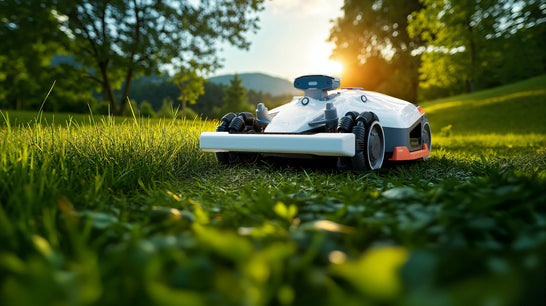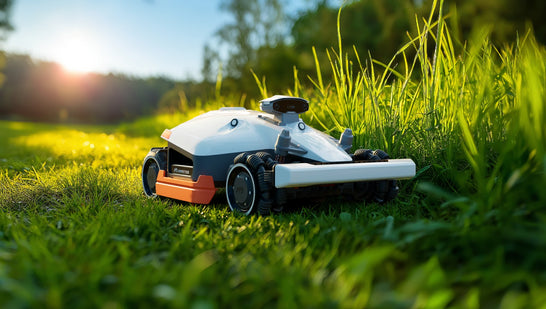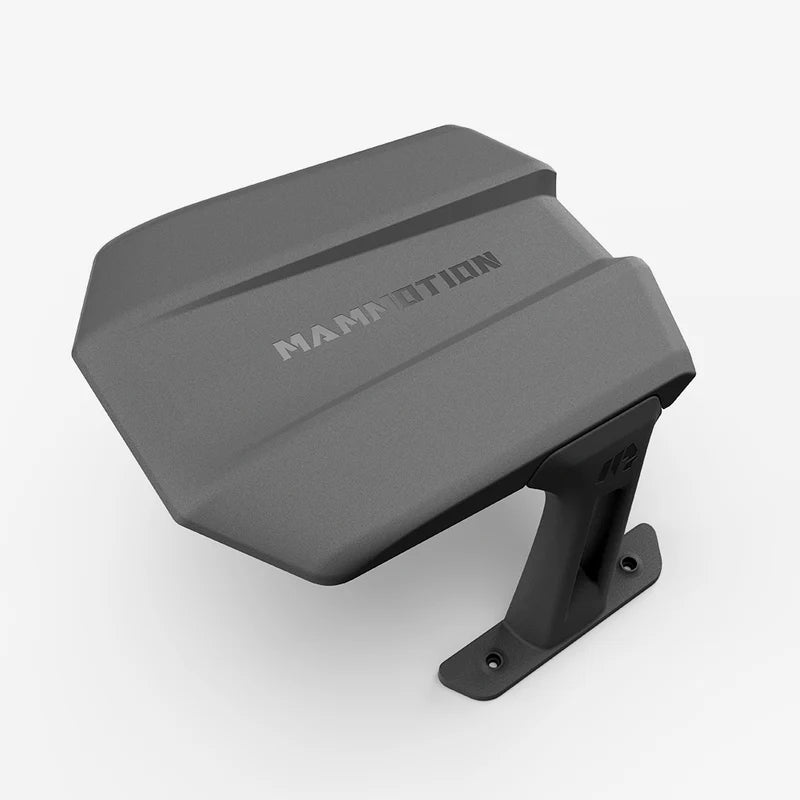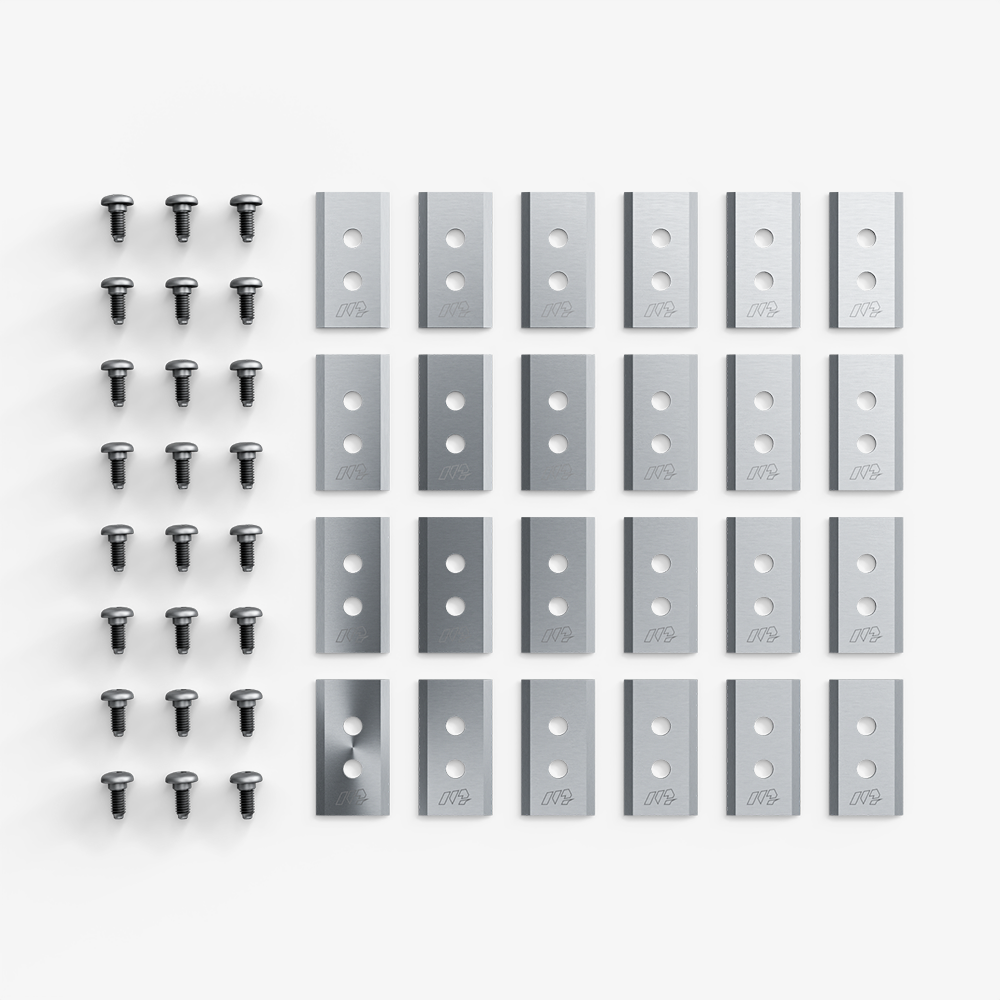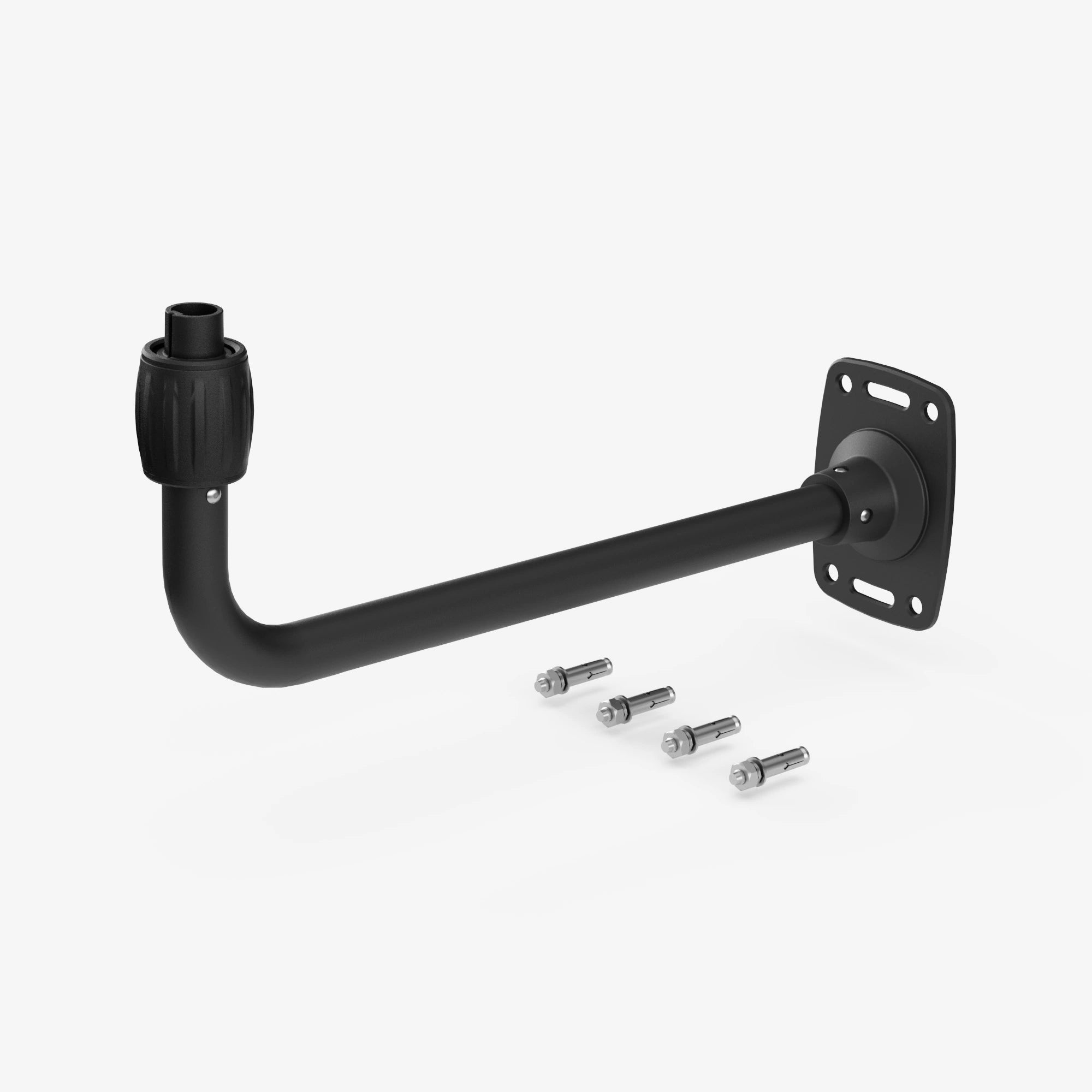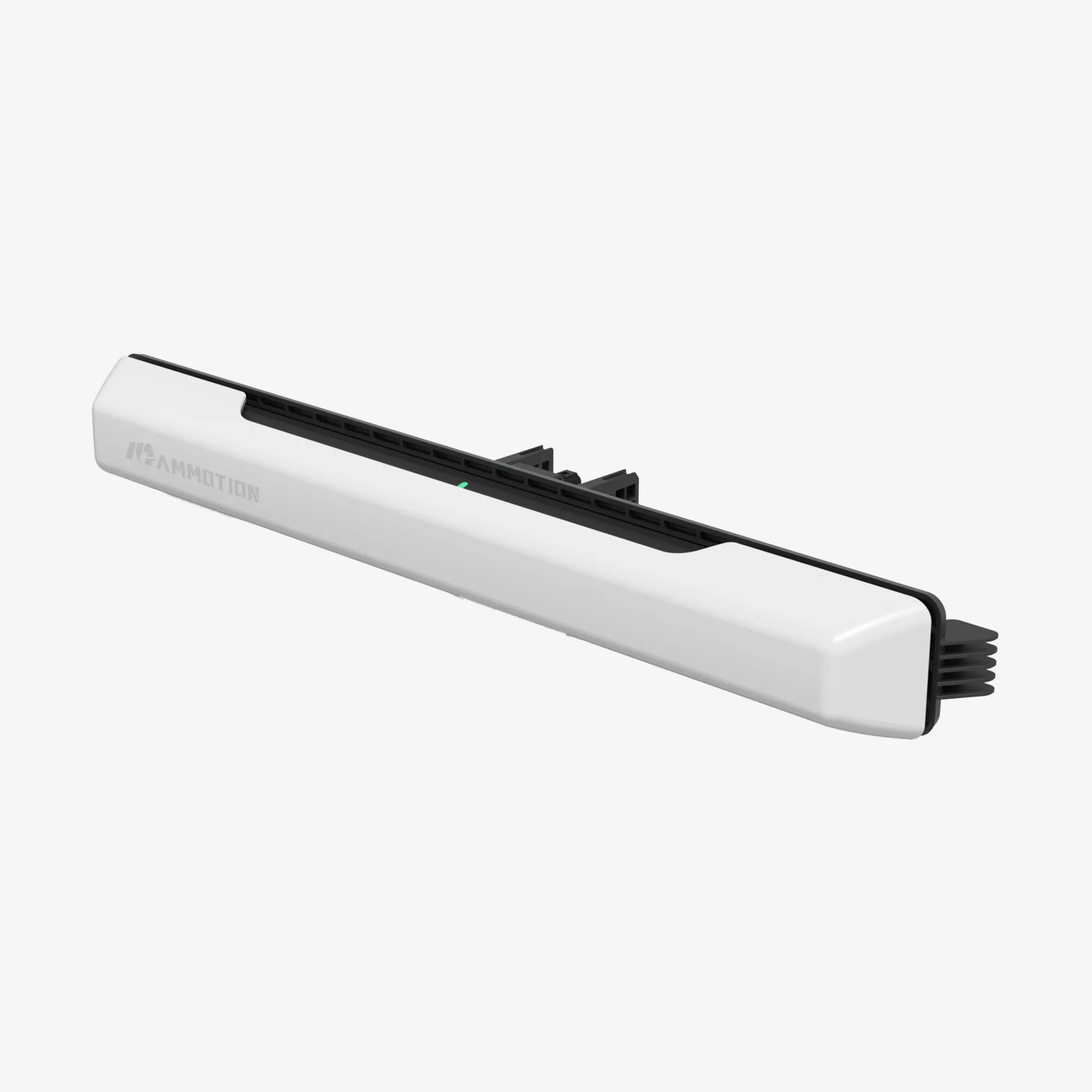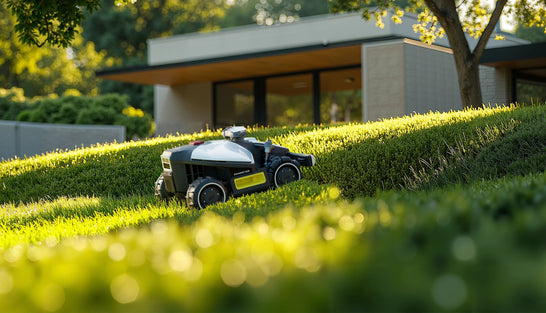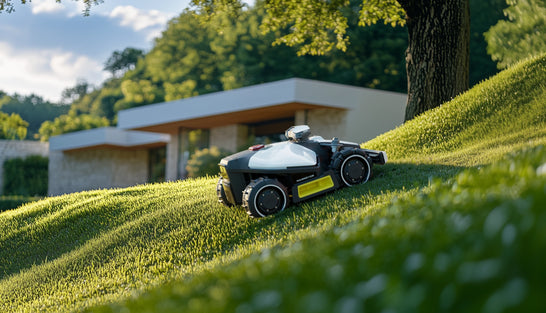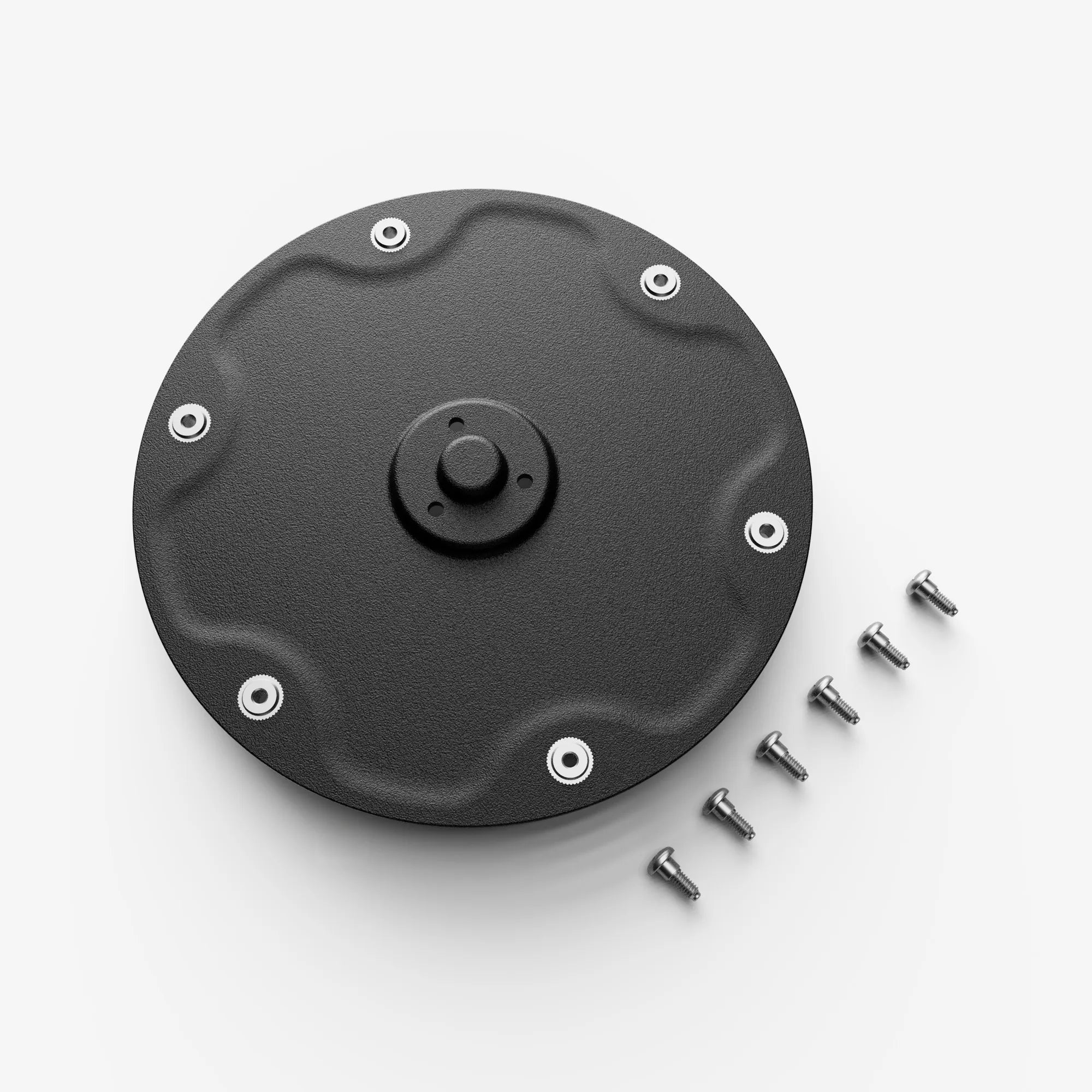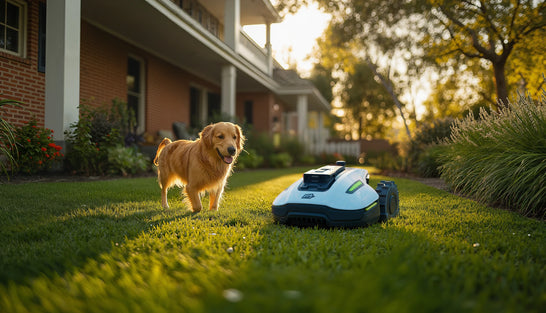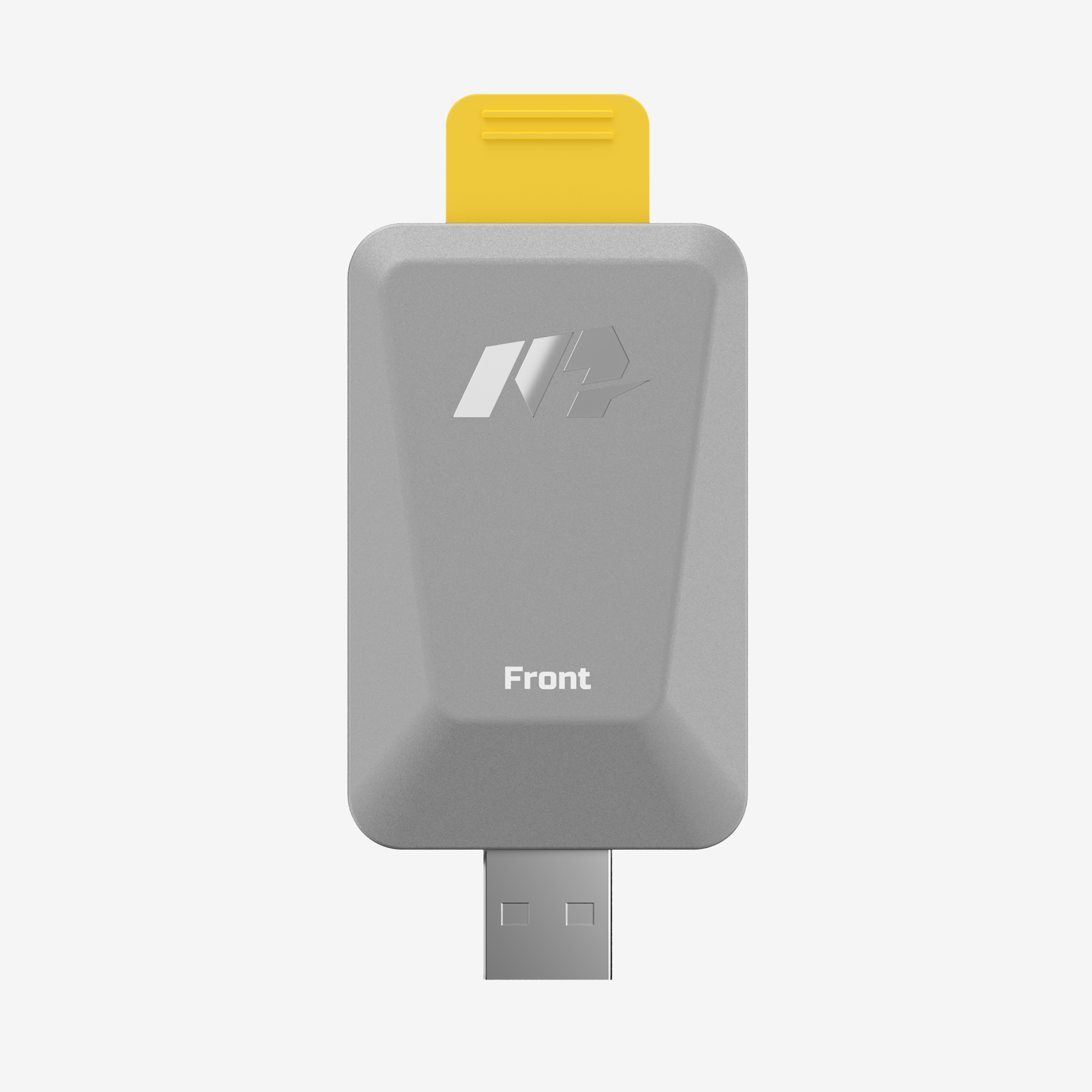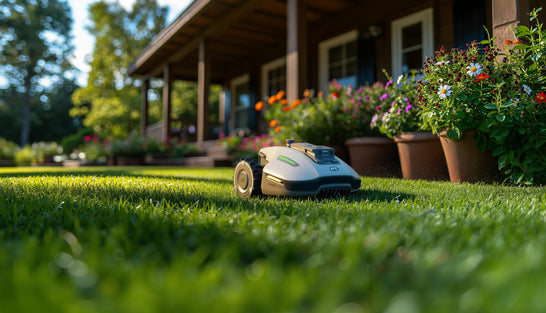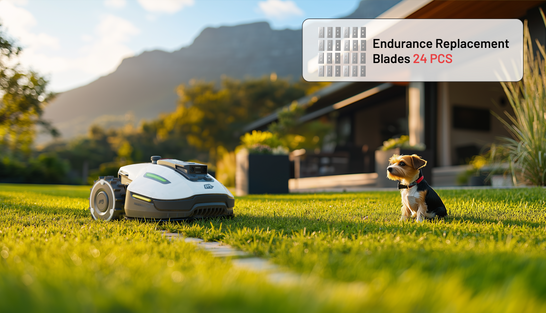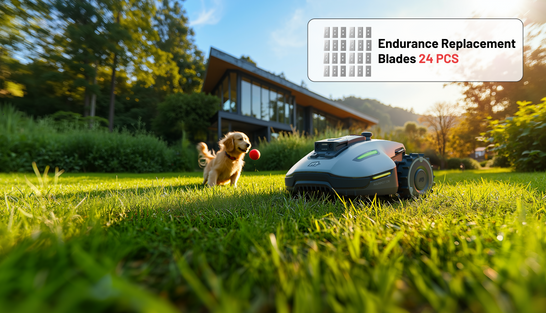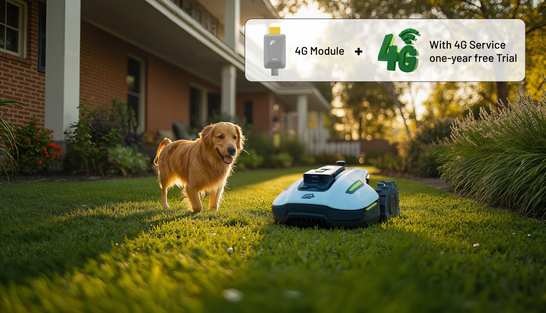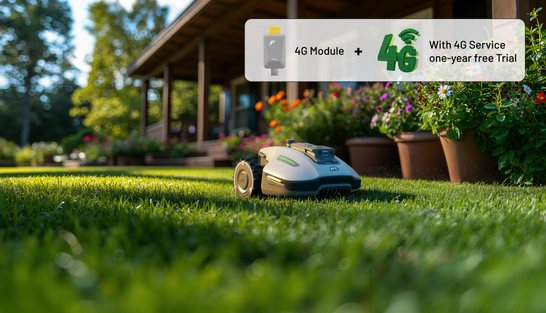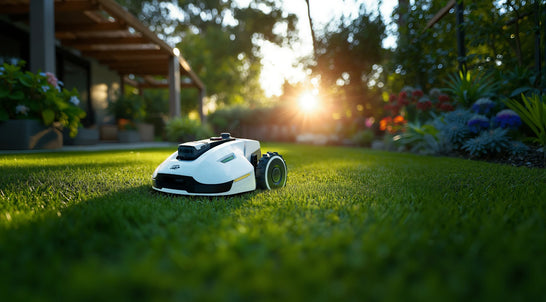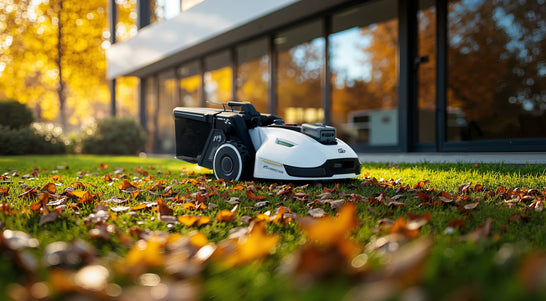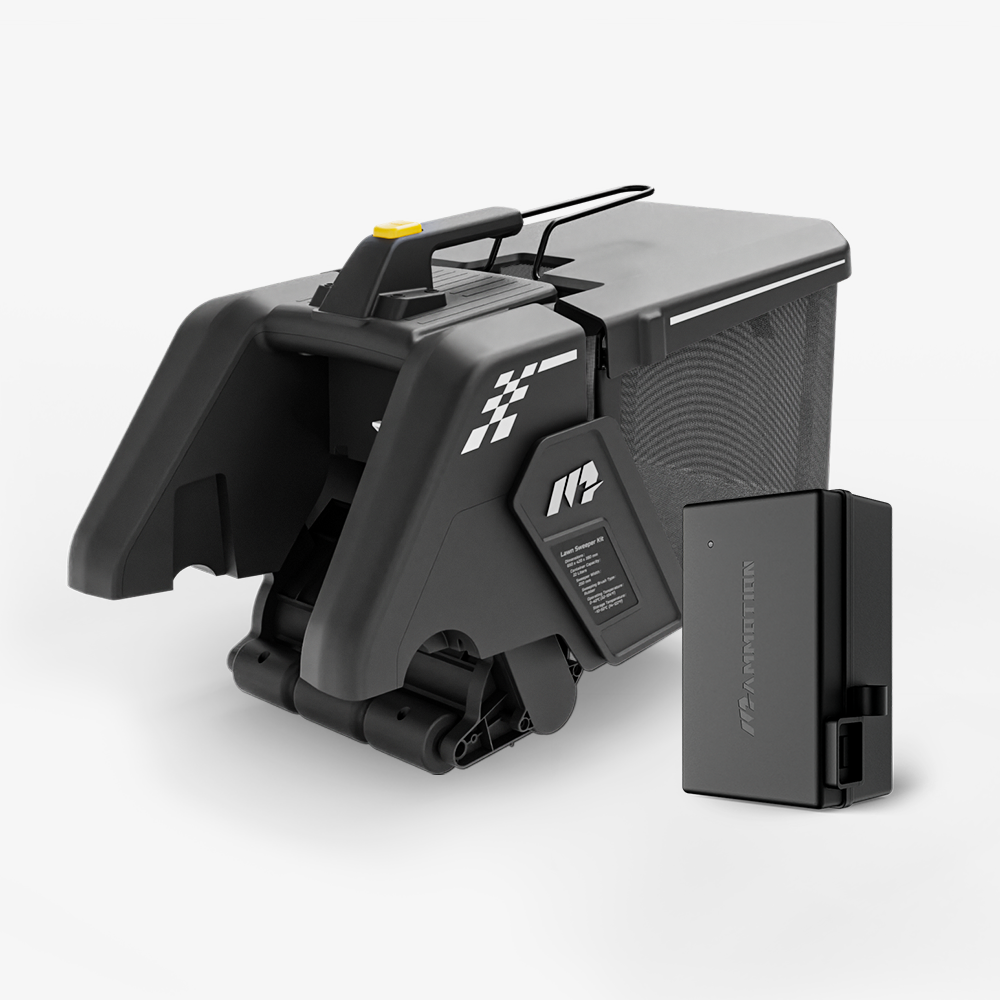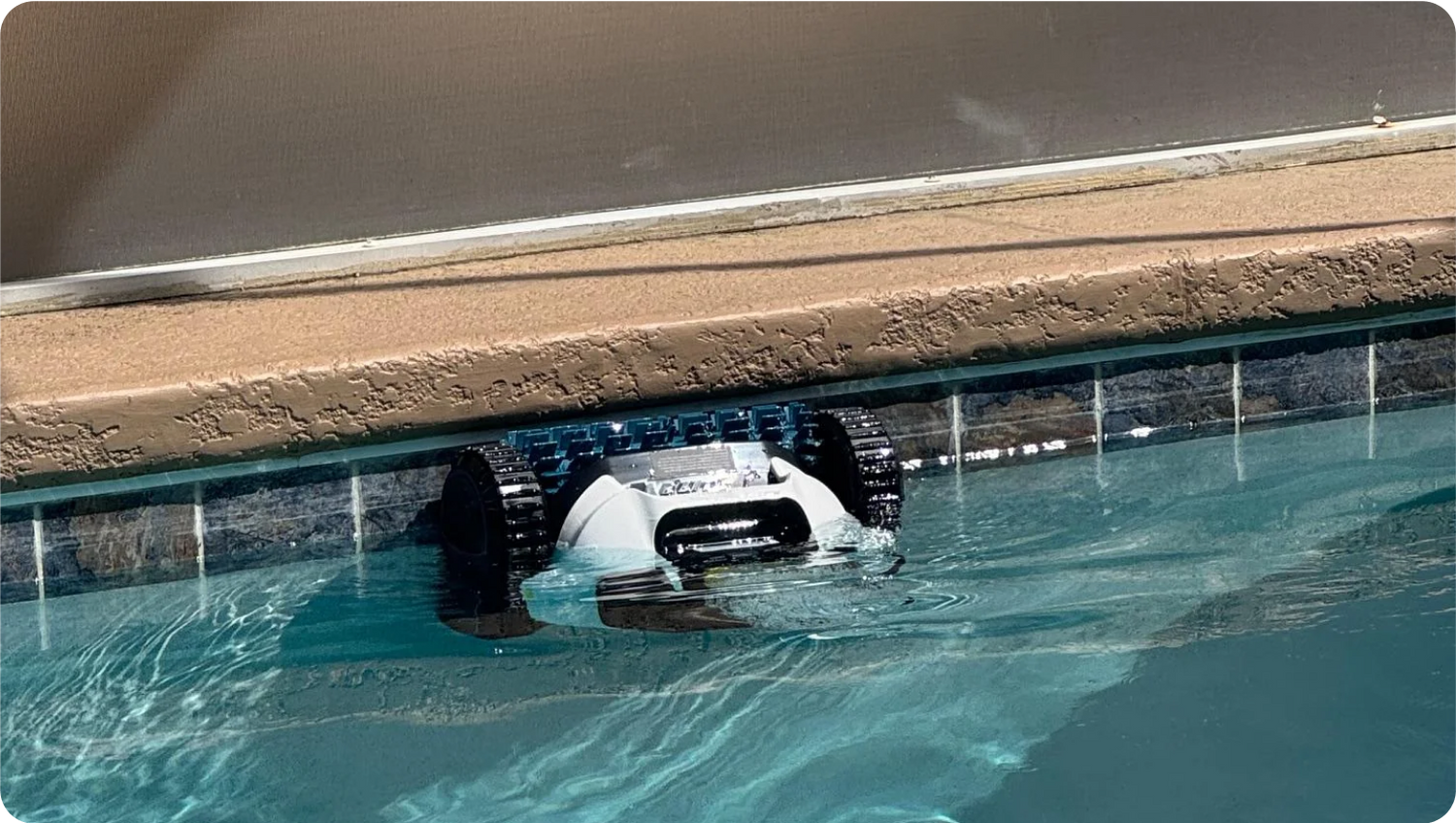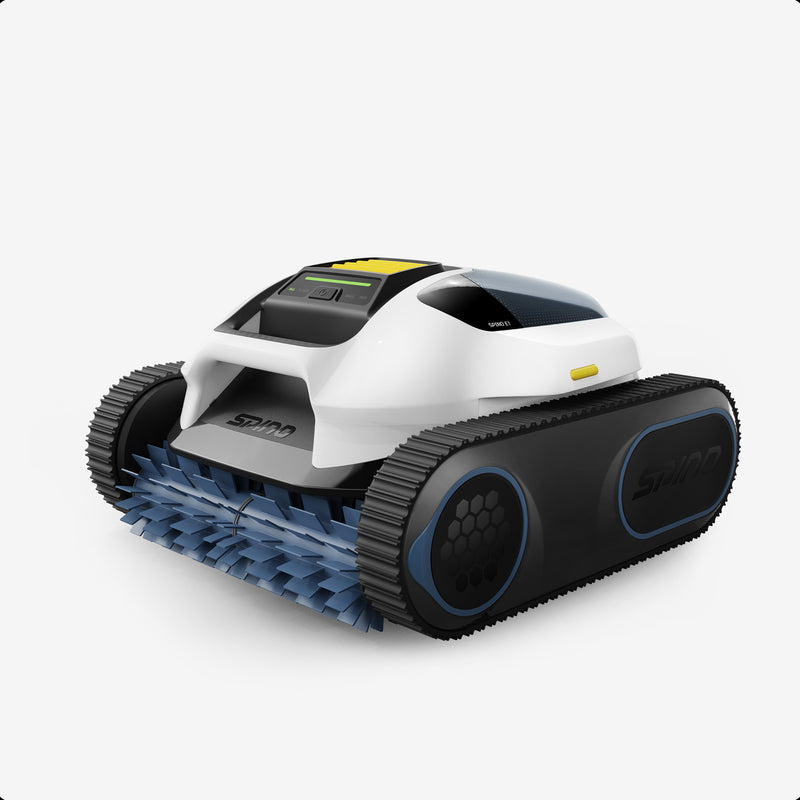Choosing the right robotic pool cleaner isn’t just about convenience — it’s about saving time, money, and effort over the long term. If you’re tired of manually scrubbing your pool or dealing with underperforming suction-side cleaners, a robotic option could be the upgrade you need.
But with so many models on the market, from simple budget units to high-tech machines with smart navigation, it can be hard to know where to start.
In this guide, we’ll break down exactly what matters when buying a robotic pool cleaner — no fluff, no jargon. Just the key features, real considerations, and honest advice to help you make the right decision for your pool, your budget, and your lifestyle.
Whether you're a new pool owner or replacing an old system, this guide will walk you through everything you need to know to buy with confidence.
Step 1: Understand Your Pool's Specifics
Before you even look at features or prices, the first step in choosing a robotic pool cleaner is understanding your own pool. Not all pools are the same — and not all robots are designed to handle every pool type.
Here’s what to consider:
1. Pool Type: In-Ground vs. Above-Ground
Robotic pool cleaners are typically designed for either in-ground or above-ground pools. Using the wrong type can lead to poor performance or even damage.
- In-ground pool cleaners usually have more powerful motors and advanced navigation to cover deep ends, steps, and waterlines.
- Above-ground pool cleaners are more lightweight and often skip advanced climbing features since the pool walls are straight and shallow.
Tip: If your pool is above-ground but has a soft vinyl liner, choose a cleaner designed for delicate surfaces.
2. Pool Size
The size of your pool affects two key things:
- Cable length or battery life (for cordless models)
- Cycle duration — larger pools may need a cleaner with a longer runtime or scheduling features
- Measure your pool’s length, width, and depth before buying.
3. Pool Surface Material
Not all cleaners are compatible with all surfaces. Knowing whether your pool is made of vinyl, fiberglass, concrete, or tile matters.
- Vinyl liners need soft, non-abrasive brushes.
- Concrete or plaster pools can handle stiffer brushes and stronger scrubbing power.
- Tile pools require models with high-traction wheels and fine filtration.
4. Pool Shape and Features
Is your pool a perfect rectangle, or does it have curves, steps, and built-in benches? More complex shapes benefit from:
- Advanced navigation systems (like gyroscopes or smart mapping)
- Wall-climbing and waterline cleaning capabilities
- Anti-tangle swivel cables or cordless designs
Step 2: Key Performances of Robotic Pool Cleaner You Need to Consider
Once you know what kind of pool you have, it’s time to focus on what your robotic pool cleaner can actually do. This section breaks down the most important performance features — the ones that directly affect how clean your pool gets and how often you’ll need to intervene.
1. Cleaning Power of Robotic Cleaner
Not all robots clean equally. Look at:
- Suction power (GPH or GPM): Higher numbers mean better debris pickup.
- Brush type and speed: Some models use dual scrubbing brushes or oscillating rollers that help remove algae and stuck-on dirt.
- Debris handling: Can it handle large leaves as well as fine sand? Models with multiple filter options are best for mixed debris.
If your pool tends to collect fine dust or silt, make sure the cleaner has fine or ultra-fine filters.
2. Navigation & Coverage of Robotic Cleaner
This is where robotic pool cleaners really stand apart from older technologies.
- Basic models move in random patterns and may miss spots.
- Advanced models use smart navigation (gyroscopes, sensors, mapping algorithms) to clean in efficient lines and ensure full coverage.
- Wall and waterline cleaning: Some cleaners can climb walls and scrub the waterline — an area where algae often build up.
Tip: If you want a truly “set-it-and-forget-it” solution, prioritize smart navigation and full pool coverage.
3. Cycle Time & Scheduling of Robotic Cleaner
- Most cleaners offer standard cleaning cycles ranging from 1 to 3 hours.
- Higher-end models may let you schedule cleanings via an app or onboard timer.
- Some even automatically calculate the ideal cycle based on your pool size.
- Scheduling can be a game-changer for maintenance — especially if you want your pool clean before guests arrive.
4. Corded vs. Cordless Robotic Pool Cleaner
- Corded cleaners offer consistent power and longer runtime but can get tangled (unless they have swivel cords).
- Cordless models are easier to handle and store but rely on battery life — usually 60 to 120 minutes per cycle. But the newest model like the Mammotion Spino E1 robotic pool cleaner, can run for 210 mins once charged.
- Corded vs. Cordless Robotic Pool Cleaners: Which Is Better for You?
Step 3: Check Ease of Use & Maintenance of Robotic Pool Cleaner
A robotic pool cleaner is supposed to save you time and effort — not create more work. That’s why ease of use and low maintenance are just as important as cleaning power.
Here’s what to look for:
1. Setup and Operation of Robotic Cleaner
Most modern robotic cleaners are plug-and-play. Still, some features can make your life noticeably easier:
- Top-load filter access: Easier to remove and rinse than bottom-load designs.
- Quick water release: Lets you lift the unit out without a backbreaking struggle.
- One-button operation: Some cleaners can be started with a single button — no apps or remotes required.
- App control (for smart models): Lets you schedule, monitor, and direct the cleaner via Wi-Fi or Bluetooth.
Tip: If you’re not tech-savvy, avoid overcomplicated app-controlled models and go for simple manual controls.
2. Filter Cleaning of Robotic Cleaner
This is where a lot of frustration happens if you choose the wrong model. Ask yourself:
- How easy is it to remove the filter?
- Can I rinse it with a hose in seconds, or do I have to disassemble parts?
- Does it trap fine debris without clogging constantly?
- Filters that clog easily or take too long to clean can turn a good cleaner into a hassle.
3. Maintenance & Reliability of Robotic Cleaner
Look for models with:
- Durable parts and quality construction (check user reviews for common complaints)
- Readily available replacement parts (like rollers, filters, and drive belts)
- Good warranty support — at least 2 years is ideal
- If a unit feels flimsy out of the box, it likely won’t hold up for multiple seasons.
4. Storage of Robotic Cleaner
Some robotic pool cleaners come with:
- Caddies or storage stands for easier transport and protection
- Compact designs that make off-season storage more manageable
Step 4: Energy Efficiency & Cost of Robotic Pool Cleaner
A robotic pool cleaner is an investment — and the best ones don’t just clean your pool, they also help you save money over time. Understanding how these machines use energy, and how pricing works across the market, will help you make a smart, cost-effective choice.
1. Energy Consumption
Unlike traditional pressure or suction cleaners that rely on your pool’s pump system, robotic cleaners are self-contained and run on low-voltage electricity.
- Most models use 50 to 200 watts per hour, which is less than a standard lightbulb in many cases.
- A typical robotic cleaner costs around $0.10 to $0.25 per cycle in electricity — a fraction of the cost of running your pump longer.
Tip: If you live in an area with high energy rates, the savings over a season can add up quickly.
2. Initial Cost: What to Expect
Prices vary widely based on features:
|
Price Range |
What You Get |
|
$300–$500 |
Entry-level models, limited wall-climbing, simple navigation, no app or smart features |
|
$600–$900 |
Mid-range with smart navigation, good filters, full pool coverage, decent performance |
|
$1000–$1,200+ |
Premium models with app control, AI mapping, multi-surface cleaning, advanced scheduling |
Don’t overspend on features you won’t use — but avoid going too cheap, as bargain models often lack the durability and support of better-known brands.
3. Long-Term Value
When comparing cleaners, consider the total cost of ownership, including:
- Electricity use
- Replacement parts (filters, tracks, brushes)
- Expected lifespan
- Warranty coverage
Spending $1,000 on a reliable cleaner that lasts 5+ years and saves hours of manual labor is often smarter than replacing a $400 unit every season.
Step 5: Brand Trust & Support of Robotic Pool Cleaner
When you're buying a robotic pool cleaner, you're not just choosing a machine — you're also choosing the company that stands behind it. Reliability, warranty support, and real customer service matter just as much as the specs.
1. Reputation Matters
Well-known brands in the pool cleaning space have a track record of delivering consistent performance and customer satisfaction. Some of the most trusted names include:
- Dolphin (by Maytronics): Known for reliability and innovation. Excellent support and widespread service centers.
- Polaris (by Fluidra): Offers a mix of smart tech and powerful cleaning, especially in higher-end models.
- Mammotion: A rising brand in cordless pool robots — affordable and increasingly popular for above-ground and small in-ground pools.
- Hayward & Pentair: Established pool equipment manufacturers with solid reputations, especially in the commercial and in-ground market.
Tip: Be cautious of unknown or generic brands with no website, unclear warranty terms, or hard-to-find parts.
2. Warranty & Service
Robotic cleaners are complex machines with motors, sensors, and moving parts. Things can go wrong — and when they do, you want to be covered. Look for:
- At least a 2-year limited warranty — many top brands offer 2.5 to 3 years on select models.
- Clear support channels (phone, chat, email)
- Access to service centers or authorized repair shops
Some brands even offer extended warranties or part replacement guarantees — always read the fine print.
3. Parts Availability
Even the best cleaners need replacement filters, tracks, or brushes over time. Before you buy:
- Check if parts are easily available online or through local dealers
- Make sure the model you’re buying isn’t discontinued or hard to service
If parts are rare or overpriced, maintenance becomes a headache — and that undermines the whole point of having a robotic cleaner.
Conclusion & Buyer Checklist
Choosing the right robotic pool cleaner isn’t complicated — but it does require knowing your pool, your budget, and what you expect from the machine.
The best cleaner for you isn’t necessarily the most expensive. It’s the one that balances power, ease of use, reliability, and support — all tailored to your specific pool.
Whether you’re done with manual cleaning or replacing an old model that’s seen better days, investing in the right robotic cleaner means less work, cleaner water, and more time enjoying your pool.
Quick Buyer’s Checklist - Use this before you buy:
🔲 Is your pool above-ground or in-ground?
🔲 What’s your pool size and surface (vinyl, tile, concrete)?
🔲 Do you need wall or waterline cleaning?
🔲 Prefer corded or cordless?
🔲 Want smart features (app, scheduling)?
🔲 Does it have top-load filters and easy maintenance?
🔲 What is the warranty? Is the brand trusted?
🔲 Are replacement parts easy to find?
If you can check most of these off confidently, you're ready to choose a cleaner that fits your pool and your lifestyle.
Frequently Asked Questions
1. Are robotic pool cleaners worth the money?
Yes, for most pool owners, a robotic pool cleaner is a worthwhile investment. They clean more thoroughly than manual or suction-side cleaners, run independently of your pool’s pump system, and save you time and effort. Over time, they can also reduce chemical use and extend the life of your pool filter by keeping the water cleaner.
2. What is the best robotic pool cleaner for home use?
There isn’t a one-size-fits-all answer — the best robotic pool cleaner depends on your pool’s size, surface type, and your budget. That said:
Dolphin Nautilus CC Plus is a top choice for in-ground pools.
Aiper Seagull Pro is great for cordless convenience.
Mammotion SPINO E1 offers strong performance and app control.
Check that the model matches your pool’s type and cleaning needs.
3. Can a robotic pool cleaner climb walls?
Many higher-end robotic pool cleaners can climb pool walls and even scrub the waterline. If your pool has curved walls, deep ends, or tile lines prone to algae, choose a model with wall-climbing capability and strong traction.
4. Do robotic pool cleaners work on above-ground pools?
Yes, but not all models are made for above-ground pools. Look for a lightweight robotic pool cleaner designed specifically for above-ground use — they’re typically more affordable and easier to handle.
5. How often should I run my robotic cleaner?
It depends on how often your pool gets dirty, but most owners run their robotic cleaner 2–3 times per week. During heavy use (like summer or after storms), you might run it daily. Some advanced models can be scheduled to clean automatically.
6. How long do robotic pool cleaners last?
With proper care, a good robotic pool cleaner can last 4 to 7 years or more. Regular maintenance (like cleaning filters and replacing worn parts) and proper off-season storage will extend its life.
7. Can I leave my robotic pool cleaner in the pool all the time?
It’s not recommended to leave the cleaner in the pool 24/7. While it’s safe during cleaning cycles, long-term exposure to water and chemicals can wear out parts faster. Always remove it after use, rinse it off, and store it out of direct sunlight.
8. What kind of maintenance does a robotic pool cleaner need?
Maintenance is minimal, but important:
• Rinse the filters after every use.
• Check and clean brushes, tracks, and impellers regularly.
• Store it indoors or under a cover when not in use.
• Replace worn parts as needed (usually after a couple of seasons).
9. What should I avoid when buying a robot pool cleaner?
Avoid:
• Models that don’t match your pool type (e.g., using an in-ground cleaner in an above-ground pool)
• Brands with poor support or no warranty
• Units without fine filters if your pool collects sand or silt
• Cleaners with poor climbing if your pool has walls or steps that need attention

